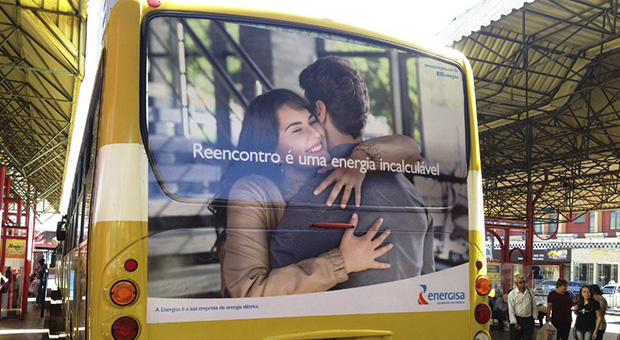ACA-Sec1 exam dumps
Advertise in a New Way in Out-of-Home Media
In a time when consumers are fatigued from two years of pandemic-related stressors, it’s important for businesses to find a way to capture their attention. One way is by leaning into digital out of home (DOOH) advertising.
This type of outdoor advertising is eye-catching, dynamic, and sharable. It’s also effective at increasing online activity.

What is Digital Out-of-Home (DOOH) Advertising?
DOOH consists of any type of outdoor advertising that can be found in public spaces such as malls, city centers, airports, major metro stations, street furniture and more. The technology behind programmatic DOOH allows marketers to reach consumers at multiple touchpoints and elevate their branding on the go. For example, JCDecaux displayed contextual ads across London to promote TFL’s cycle hire scheme as commuters got off the bus or train. Another great example is the use of dynamic digital screens at gas station across America that show a Pepsi or Burger King advertisement to incentivize drivers while they wait for their car to fill up.
The advantage of DOOH over traditional OOH is that it can deliver real-time data and personalization based on an individual’s location or weather conditions. The capability to track upper and lower funnel metrics such as sales lift, app downloads and conversions makes DOOH a very valuable marketing channel for brands to consider.
Reaching People at Intentional Moments
In an era where screens are everywhere, Midia out of home advertising is still a vital part of many media plans. This traditional form of advertising is currently experiencing a renaissance thanks to the incorporation of digital out-of-home (DOOH) technology.
From traditional billboards to interactive screens in airport terminals, outdoor ads are all around us and can reach people at the exact moment they’re looking to buy or take action. This is a key advantage for marketers because it allows them to stand out in a world where consumers are often inundated with ad skips, ad blocking, and brand infiltration.
This is also a space where creativity can thrive, giving brands the freedom to try out new and innovative campaigns that will make an impact on their audience. After all, a successful ad campaign is all about creating a buzz and getting people talking and sharing. And no one does that better than OOH.
Reaching People on Screens of All Shapes and Sizes
A major advantage of digital out-of-home advertising is that it gives brands the flexibility to activate, pause, and optimize campaigns in real time. That’s particularly useful today, when consumer journeys are rarely linear and consumers move between multiple touchpoints and channels in rapid succession.
Vistar Media divides out-of-home into three broad categories: large-format media, place-based media and point-of-purchase media. This includes everything from billboards along busy highways and high-traffic areas to ads on street furniture like benches and bus stop shelters.
Large-format media can be used to amplify a brand message in crowded areas or to grab attention when people are passing by, for example, during events such as the Super Bowl. To maximize effectiveness, use eye-catching designs that make a clear call to action. For example, Pepsi’s “PepsiTruce” campaign in 2019 got plenty of buzz and was a great way to reach new audiences. The ad’s simple, direct messaging was especially effective at grabbing people’s attention as they walked or drove by.
Reaching People in Real-Time
Digital out-of-home advertising allows for real-time content changes based on data and viewer interaction. This can allow for more targeted messaging depending on the consumer base a business is trying to attract.
For example, a business can display different products to consumers who are shopping at a specific store location. This helps to give the customer an idea of what’s available and allows them to find a product more easily.
While digital media has been the dominant force in advertising for a while, it’s important not to ignore traditional out-of-home advertising. In fact, it’s experiencing a bit of a renaissance thanks to the new digital options. So, the next time you’re planning your media buying campaign, consider adding some creative digital out-of-home. It could be the perfect way to reach your audience at the moments that matter most.